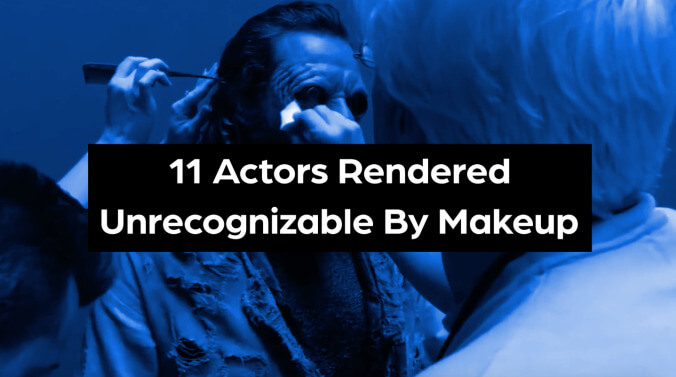After Steve McQueen appeared in the all-star disaster blockbuster The Towering Inferno (1974), moviegoers saw almost nothing of him until 1980, the year of his death, when he starred in a couple of undistinguished vehicles, Tom Horn and The Hunter. The only other movie McQueen acted in during the last six years of his life (save an uncredited turn in 1976’s Dixie Dynamite) was a dull, talky version of that drama-class perennial, Henrik Ibsen’s An Enemy Of The People. A quasi-vanity project produced by McQueen through his own company, it may be the only evidence that some part of him wanted to be respected as a serious actor. The star, who in commercial roles never messed with the clean-shaven, short-haired look that seemed to be a tonsorial representation of his stripped-down, minimalist brand of cool, plays Ibsen’s embattled scientist hero with untamed long hair and a scraggly beard, his features hidden behind large eyeglasses. Presumably, he didn’t want his fans to think they’d be getting the same Steve McQueen they’d loved in Bullitt and The Great Escape. In the end, the studio solved that problem by pulling it after a very limited release, something that McQueen remained bitter about to his final days.
